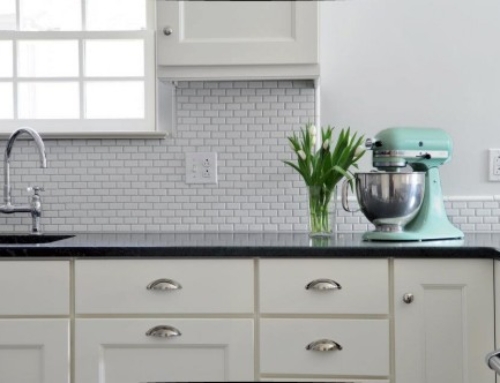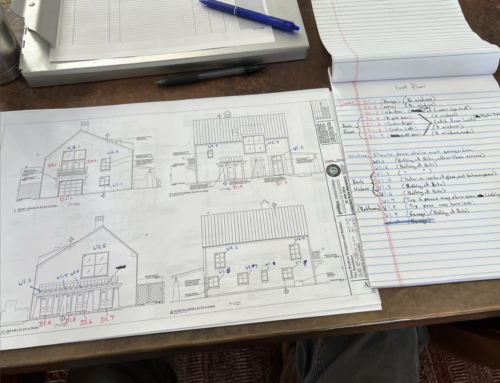The Right Approach to Concrete Slabs
We spent part of last week laying the concrete slab foundation for our new Fairmount kitchen addition. As you can see from the images here, this process involves pouring concrete into a form and ensuring a level and sturdy base upon which to build.
[nivoslider id=”13682″]The pros of using concrete slabs are: they stay cool in summer, they are solid, and they are not terribly expensive. The cons? The condition of the ground below and around the slab is communicated through the concrete. That means they can get damp in any season, and they are very cold in the winter.
When you work with slabs, you need to keep these facts in mind. Thankfully, modern construction methods have ways to deal with these downsides. For this project, we laid down a vapor barrier and more than 2 inches of foam insulation below the foundation. This will keep it isolated from the moisture and temperatures in the ground.
When complete, we will install a radiant heat floor on top. Having the slab isolated from the outside will make the radiant floor more efficient because it won’t have to heat all of Mother Earth when it is in use. It only has to heat the mass of concrete — and it can do that with about as much energy as an incandescent lightbulb uses!
Now that’s what we call efficient and comfortable design.
Stay tuned for the next steps in our project…





